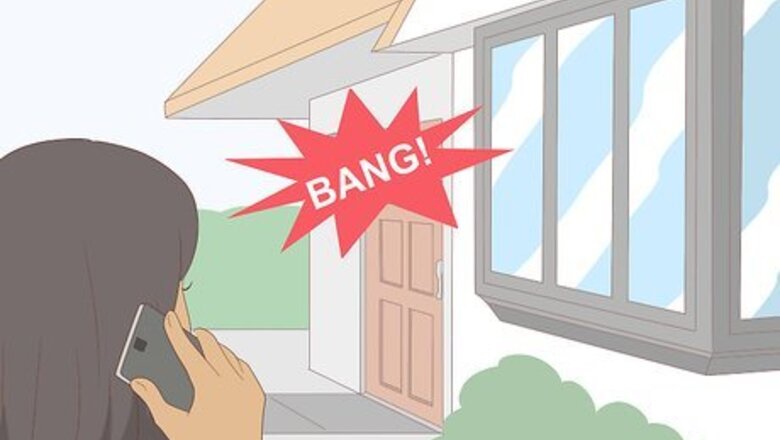
views
If you are not in the United States, call emergency services instead (universal numbers are mentioned there.)
Calling 911
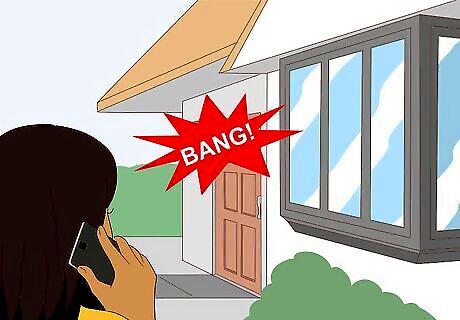
Call if you even suspect that you might need emergency help. 911 should not be used for non-urgent situations, because EMTs, police, or other responders may be needed elsewhere. However, if you aren’t sure if your situation requires 911, go ahead and call. It’s better to be safe than sorry.Definitely call in situations like these: A fire has started and is out of control. A burglary, an assault, or a crime is in progress. There has been a car crash or other accident. Someone is seriously injured (bleeding severely, in shock, etc.). Someone has suffered a medical emergency (like a heart attack, stroke, or seizure).
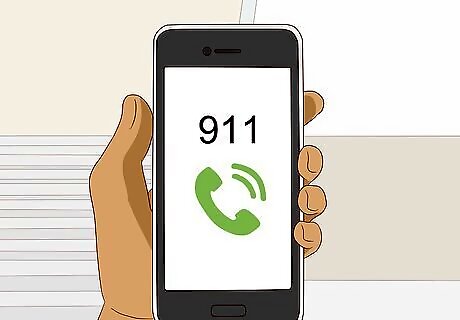
Dial 911 from any phone. To speak with a 911 dispatcher, simply punch in the numbers “9-1-1” on any working phone and stay on the line. You can even use an unactivated cell phone to place the call. 911 works in the US and Canada. If you are in another location, you will need to call a different emergency number. In Australia, dialing 911 will redirect your call to 000. In the United Kingdom it is 999. Text capabilities are growing, but still severely limited. If you need to contact 911, you should still place a call rather than text. If you ordinarily use special access services (like TTY) with your phone, contact your service provider for information about the best way to contact 911 in an emergency.
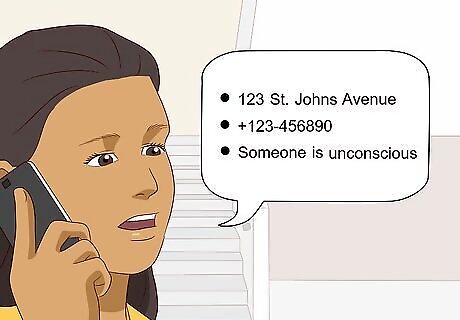
Answer the dispatcher’s questions. The dispatcher will ask you to describe the emergency. Stay calm and answer any questions they have. Be assured that the dispatcher is actively working to send help to you. Even if it feels like they are wasting time, the questions are meant to get you the help you need as quickly as possible. They have usually already dispatched help, and need to ask more questions to provide updates to first-responders. You may need to provide information like: Your address or other details about your location Your phone number A description of what happened Clarification about who needs help (you, someone you are with, or a stranger) Details of the problem (e.g., whether or not an injured person is unconscious or bleeding) Whether you are safe or still in danger
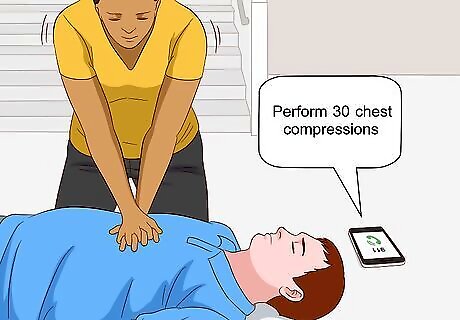
Follow the dispatcher’s instructions. You should always stay on the line until the dispatcher tells you it’s ok to hang up. They may give you instructions about what to do. Follow these carefully--they can prevent further problems, and even save your life (or someone else’s). The dispatcher may give you instructions on things like: Giving first aid Performing CPR Moving to a safer location
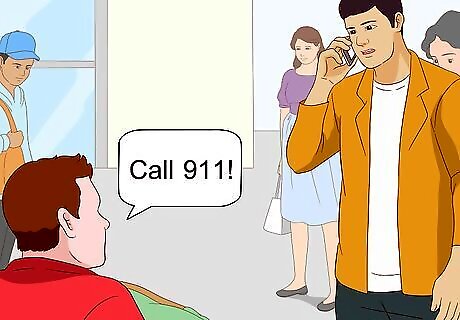
Combat the bystander effect. If you are helping out at the scene of an accident, injury, or other issue, crowds of people may gather and watch. If you are assisting someone and cannot call 911 yourself, point to a specific bystander and tell them to call 911. Just generally telling the crowd to call 911 will probably not work, due to the “bystander effect.” This means that people will assume that someone else is making the call, and they don’t have to. Delegating the call to someone specific will snap them into action.
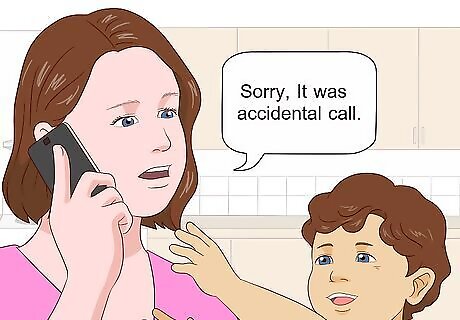
Follow through if you call by mistake. If you or someone else (like a child) accidentally call 911, don’t hang up the phone. If you just hang up, the dispatcher may assume that an actual emergency is going on and send assistance. Instead, stay on the line and calmly tell the dispatcher that the call was a mistake.
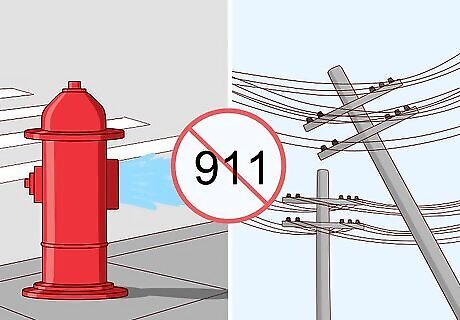
Don’t call 911 for the wrong reasons. When a genuine emergency is at hand, you shouldn’t feel shy about calling 911. However, using 911 for non-urgent situations bogs down the system and keeps responders from potentially helping others who really need it. Examples of non-urgent situations include: The power is out (get in touch with the power company instead) A fire hydrant is broken (call a fire station’s non-emergency number) A pipe has burst (call a plumber or water company) When you need a ride to a doctor for an appointment (call them first and ask about transportation options) Pet problems (contact a vet instead) As a prank or just to see what happens
Calling Other Important Numbers
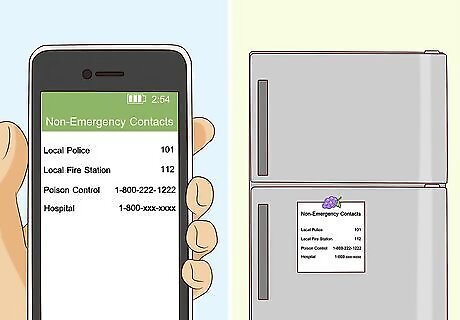
Keep important (non-)emergency numbers posted for easy access. Aside from 911, it’s good to have the non-emergency numbers for your local police and fire stations in your area, poison control (1-800-222-1222), a doctor and/or hospital, a tow service, etc. Store these as contacts in your phone, and post a list of the numbers in an easily accessible place, like on a refrigerator. If you have children, it is also a good idea to make contact information for parents or guardians and their workplaces available. Depending on your situation, it may also be useful to have numbers for things like suicide prevention, addiction recovery, mental health care, or other services that you may need.
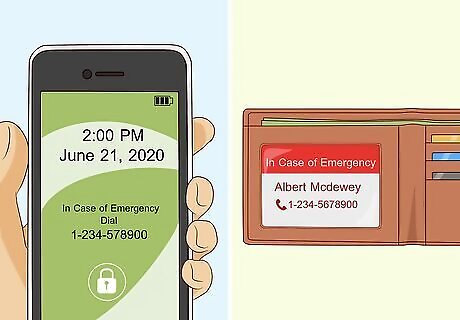
Set up an ICE contact. An “In Case of Emergency” (ICE) contact is someone you would like contacted in the event you are injured or in another serious situation. If responders find this information, they can get in touch with the contact and let them know what has happened. You can label a card (“In Case of Emergency, Contact”), write down the information for your contact, and then place the card in your wallet. You can also store the information in your phone. If you usually lock your phone, you can save a screenshot of the ICE information and use it as the picture for your lock screen. That way, responders can still access it.
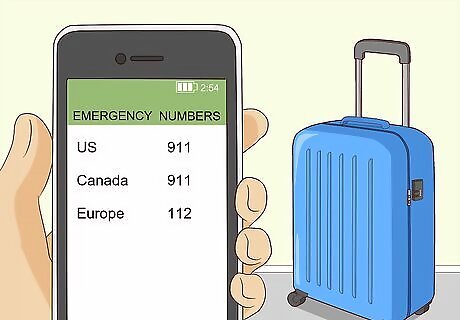
Learn alternative emergency numbers if you are abroad. 911 service is provided throughout the US and in Canada. If you are in another location, you will need to know the emergency number that services that location. For example, the common equivalent number in Europe is 112. If you are abroad or planning to travel, you can check the US State Department’s website for a useful list of emergency numbers in countries around the world.


















Comments
0 comment